Game: “Triple Take”
Triple Take
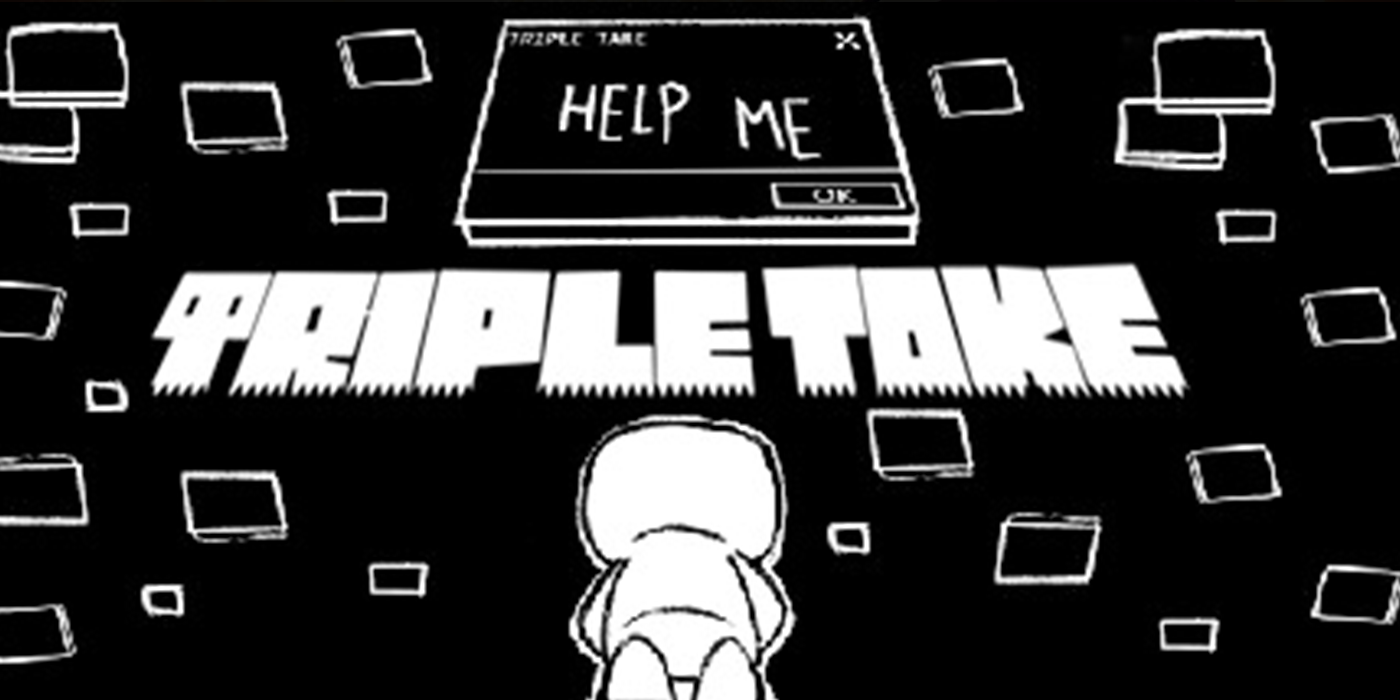

Platform games are absolutely my jam. My early introduction to video games was littered with them; Fantasy World Dizzy, Alex Kidd in Miracle World, Sonic the Hedgehog, Super Mario World – the list goes on and on. My love of the genre has only grown as I’ve gotten older too, with challenging ‘precision’ platformers like Super Meat Boy and Celeste now ranking as some of my favourite games of all time. So when indie developers FlyAway launched Triple Take, their newest entry to the precision platform genre, I just had to try it out for myself!
At A Glance
| Scores | |
| Visuals | 3 /10 |
| Sound | 6 /10 |
| Gameplay | 5 /10 |
| Overall | 6 /10 |
| Positives | + Compelling story + Incredible fourth wall breaking moments + Fun characters and script |
| Negatives | – Mechanics can be inconsistent – Not especially challenging – Limits itself to a PC release |
| Price (When Reviewed) | £5.19 |
| Our Playtime | 5 hours 20 mins |
| Available On | PC |
Triple Take is a precision platformer that styles itself on the 8-bit games of yesteryear, with two-tone graphics and a chiptune soundtrack that threw me all the way back to my time playing on my sister’s ZX Spectrum in the ‘80s. You take on the role of a character known only as ‘Player’ and must navigate your way through five worlds filled with hazardous environments, slowly unravelling a mystery surrounding yourself and the game as a whole.
The gameplay in Triple Take is pretty standard precision platformer fare; you have to run, bounce and wall-jump your way through mazes filled with spikes, baddies and all manner of projectiles on your way to the goal. The core premise is that each level must be completed three separate times and that aspects of the level change with each attempt to steadily increase the difficulty. In some cases this might mean a selection of blocks are removed from over a spike pit so that it requires a more accurate jump, walls being deleted to allow enemies to harass you as you try to pass, or your route being blocked off entirely, asking you to navigate a whole new path.
The play style seems to morph in the same way that the levels do, and it’s clear that FlyAway have taken inspiration from all manner of games when putting Triple Take together. Each world seemingly leans into a different game with a slightly differing style, and this really helps to keep things fresh. From the speed-running and wall-jumping of Super Meat Boy, to the over/under rope climbing of Donkey Kong Country and references to old-school shmups and even Pong, Triple Take pays homage to influential games of the past while assimilating them into something of its own. The boss battles especially deserve praise, and aside from some overly sensitive controls in the shoot ‘em up boss, all of them are marvellous.

Stylistically, Triple Take won’t be for everyone, but I really like the choices that FlyAway have made in this regard. Growing up in an age when video games were mostly being made by one-man teams in their basements, the super retro-inspired visuals and sound not only give a thoroughly nostalgic feel, but actually link with the theme and story of the game incredibly well. No, the blocky sprites and single-colour-on-black palette isn’t especially attractive, but it helps tell the tale and that’s ultimately more important, in my opinion.
One gripe from the get-go was a lack of consistency in some of the games key traversal mechanics. I found myself skidding off trampolines or bombing wall-jumps too often for my tastes, and it felt like the physics had a slightly greasy, slippery feel overall. A good precision platformer gives the player absolute faith in its controls and its physics – you need to know that the character will behave in exactly the same way each time you flick the control stick one way or smash a button at the certain time, and Triple Take is a little shaky in this area at the moment.

I had mixed feelings on the core mechanic too; on one hand I was impressed that the levels didn’t feel repetitive despite playing each of them multiple times, but on the other I thought that some of the level designs had been changed so drastically between attempts that they weren’t really the same level at all. The levels certainly all work just fine and playing each in triplicate definitely helps to extend the play time – I’m just not entirely convinced that it was the right feature to build the game around because it never really feels like the focus whilst you’re playing.
One thing that I am convinced about is how successfully the intriguing storyline is delivered, which I’ll readily admit came as a complete surprise. The game opens in typically fluffy style, with a very loose story being delivered by a cohort of playful characters as a mechanic to simply drive the levels forward. The script starts a little silly but is lots of fun – the trio of goofy sidemen you meet inside the game, Flux, Trine and Venet are perfect, and it’s a joy to watch them play off one another throughout. But it’s not long before a fourth character is introduced and things begin to take on a more sinister feel – it’s at this point that I could feel myself becoming more invested in the story that was unfolding, and feel how impressively Triple Take was quite literally bringing me into the game.

Without wanting to give away too many spoilers, Triple Take actually makes you, the player in the chair and holding the controller, a focus of the story – sure, you have a pixel art avatar that you steer on screen, but they’re merely a digital extension of you inside the game. The characters (or at least one of them) speaks directly to you through the screen, and asks you to perform actions outside of the confines of the games .exe window in order to progress the story. The game itself begins to betray you, and navigating your character through spiky mazes is made more tricky by explicit attempts by the game to cease your progression, and it raises the stakes for you as a player to overcome the trickery of this terrible machine.
I could not have felt more involved with the story and applaud FlyAway for the incredible job they have done in making Triple Take such an immersive experience – so much so in fact, that at one point I intentionally disconnected my machine from the internet lest something a character said come true! What at first seems like a bug in the game quickly builds into a full blown storytelling device and gameplay mechanic, and I knew immediately that this was a game I’d be completing in one sitting because putting it down was, quite simply, not an option.

The only downside to these immersive, fourth-wall breaking, in-the-real-world mechanics is that they will almost certainly limit Triple Take to a PC audience, as some of the aspects would be very hard to replicate on console, and that’s a crying shame because the story deserves the widest audience it can get.
Triple Take is a new school precision platformer with an old school vibe; fans of the 8-bit era will feel right at home with the blocky sprites, simple colour schemes and fun (but limited) soundtrack. There’s enough variety in the levels to keep you interested, though it does undermine the premise a little, and the physics aren’t as tight as I would personally ask for, but boy, does it deliver on storytelling. The plot of Triple Take carries so much more water than I expected from a platformer, and the immersive, fourth-wall breaking ride is an absolute treat. Whilst not without its flaws, I encourage platform fans to give Triple Take a go – it’s an experience that you’ll not forget quickly.
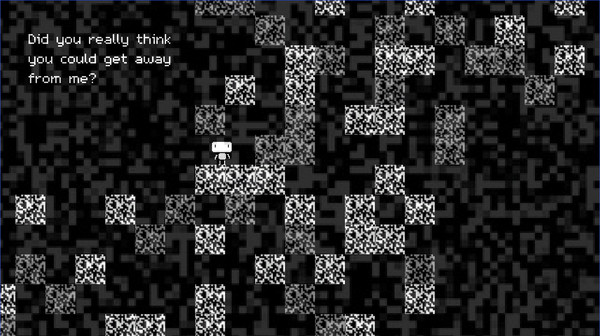
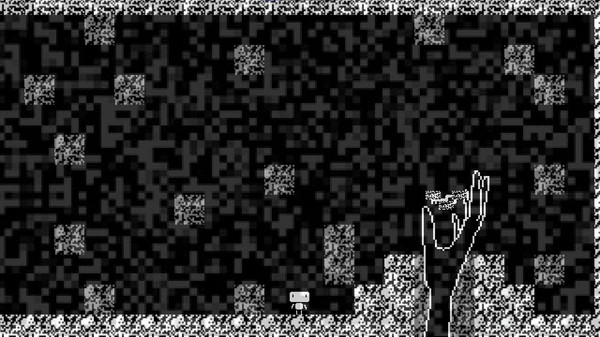
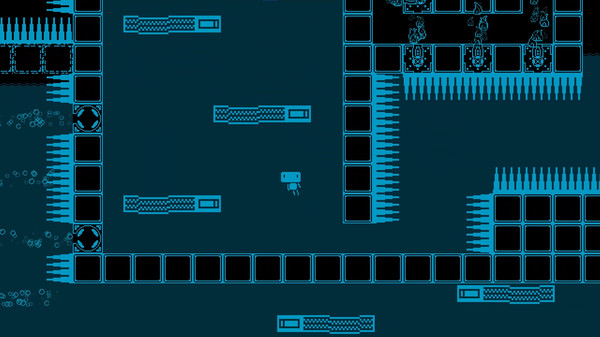
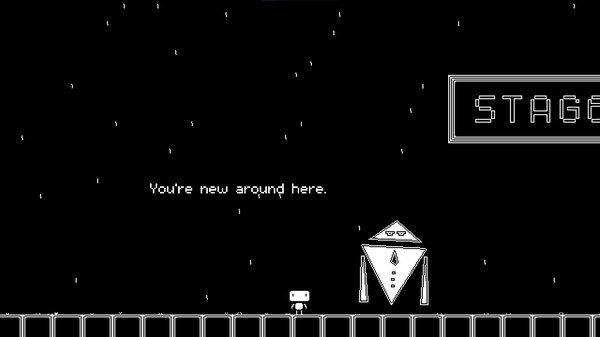
In the interest of full disclosure, VGamingNews was provided with a copy of the game in order to conduct this review.






